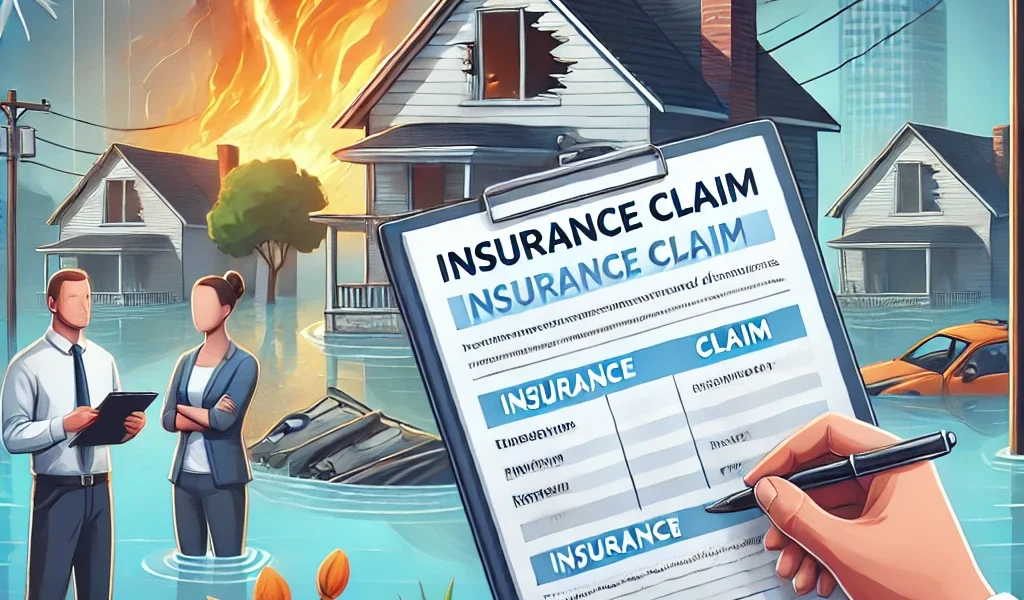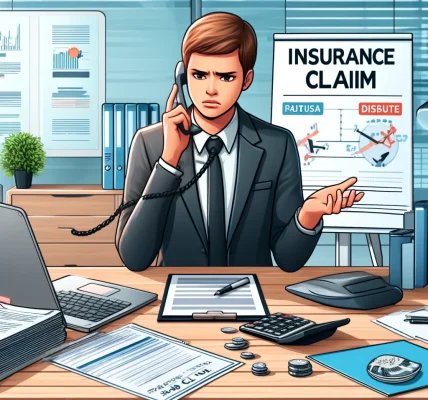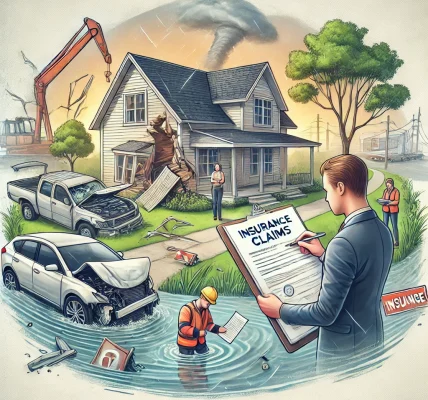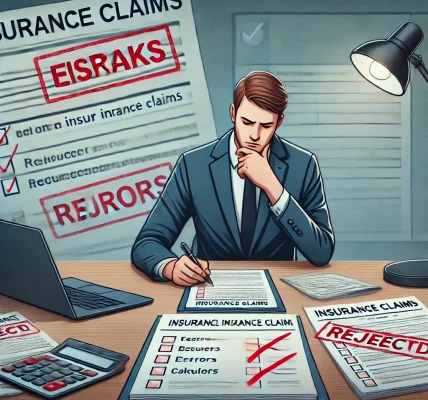Natural disasters can cause devastating damage to homes, businesses, and personal property. Having the right insurance coverage ensures that you can recover financially from such catastrophic events. This DIY guide will help you understand how to secure the right coverage, file claims efficiently, and maximize your insurance benefits while avoiding legal pitfalls.
1. Understanding Natural Disaster Insurance
Natural disaster insurance is a broad term that covers different types of policies designed to protect property owners from financial losses due to natural calamities such as:
- Hurricanes & Storms (Wind and water damage)
- Earthquakes (Structural damage and ground movement)
- Floods (Usually not covered under standard home insurance)
- Wildfires (Damage to buildings and belongings)
- Tornadoes (Roof damage, structural collapse, and more)
- Landslides & Mudslides (Often excluded from standard policies)
Each disaster may require specialized coverage, so it’s important to review your policy carefully and add necessary endorsements.
2. How to Choose the Right Coverage for Natural Disasters
Step 1: Assess Your Risk
- Research if your area is prone to earthquakes, hurricanes, floods, or wildfires.
- Use FEMA flood maps or local disaster history to understand your risk level.
Step 2: Review Your Current Insurance Policy
- Standard homeowners and renters insurance may not cover all disasters.
- Verify if your policy has exclusions for flooding, earthquakes, and landslides.
- Check for actual cash value vs. replacement cost coverage.
Step 3: Add Additional Coverage if Necessary
- Flood Insurance (Available through National Flood Insurance Program (NFIP) or private insurers.)
- Earthquake Insurance (Separate policy often required.)
- Windstorm or Hurricane Deductibles (Ensure you can afford out-of-pocket costs.)
- Business Interruption Insurance (For businesses to cover lost revenue.)
Step 4: Understand Policy Limits and Deductibles
- Know the maximum payout limit for your policy.
- Consider lowering your deductible if you can afford a higher premium.
- Ask about additional living expenses (ALE) coverage for temporary housing.
3. How to File a Natural Disaster Insurance Claim
Step 1: Report the Damage Immediately
- Contact your insurance company as soon as possible.
- Ask for claim forms and policy details.
Step 2: Document the Damage
- Take photos and videos of all damage before cleaning up.
- Make a detailed list of damaged property.
- Gather receipts, invoices, and proof of homeownership or business operations.
Step 3: Mitigate Further Damage
- Prevent further loss by securing damaged areas (tarping roofs, covering broken windows, etc.).
- Keep receipts for temporary repairs, as these may be reimbursed.
Step 4: Meet with an Adjuster
- Your insurance provider will send an insurance adjuster to assess the damage.
- Be present during the inspection and provide all documentation.
- Keep a personal record of all communications, claim numbers, and documents.
Step 5: Negotiate the Settlement
- Review the settlement offer carefully.
- If the payout is insufficient, provide additional evidence or get a second opinion.
- Consider hiring a public adjuster or an attorney if needed.
Step 6: Receive Your Payment and Rebuild
- Once the settlement is agreed upon, use the funds to repair or replace the damaged property.
- If there are disputes, request an appeal or mediation.
4. Common Mistakes to Avoid When Filing Disaster Claims
- Delaying the Claim – Report damages immediately to avoid claim denials.
- Failing to Document Everything – Lack of photos, videos, and receipts can hurt your claim.
- Underestimating Losses – Be thorough in listing all damaged property.
- Accepting the First Offer Without Review – If the offer is too low, negotiate or seek professional help.
- Ignoring Additional Living Expenses Coverage – If your home is unlivable, claim temporary housing costs.
5. How to Strengthen Your Natural Disaster Claim
- Keep an updated home inventory with receipts and valuations.
- Store policy documents digitally and in a fireproof/waterproof safe.
- Take annual property photos before disaster strikes.
- Know your rights under state and federal insurance laws.
- Stay in communication with your insurer and follow up regularly.
6. FAQs About Natural Disaster Insurance Claims
Q1: Can I get flood insurance if I don’t live in a flood zone?
Yes. While not required, flood insurance is available to anyone and is recommended for at-risk areas.
Q2: Will my insurance cover all damages after a disaster?
Not always. Standard policies may exclude certain disasters (e.g., earthquakes, landslides, and floods). Check your policy for exclusions.
Q3: How long does the claims process take?
Depending on the insurer and damage severity, it can take weeks to months. Quick documentation and communication help speed up the process.
Q4: Can I appeal a denied claim?
Yes. You can file an appeal, request a second inspection, or hire a public adjuster to challenge a denial.
Q5: How can I prepare my home or business before a natural disaster?
- Secure property improvements (storm shutters, reinforced roofing, etc.).
- Keep digital backups of all critical documents.
- Review and update your insurance policy annually.
Final Thoughts
Having the right insurance coverage for natural disasters is essential to protect your home, business, and financial well-being. Understanding your policy limits, filing claims efficiently, and avoiding common pitfalls will help you recover faster. Stay proactive by assessing risks, updating coverage, and documenting property before disaster strikes.




